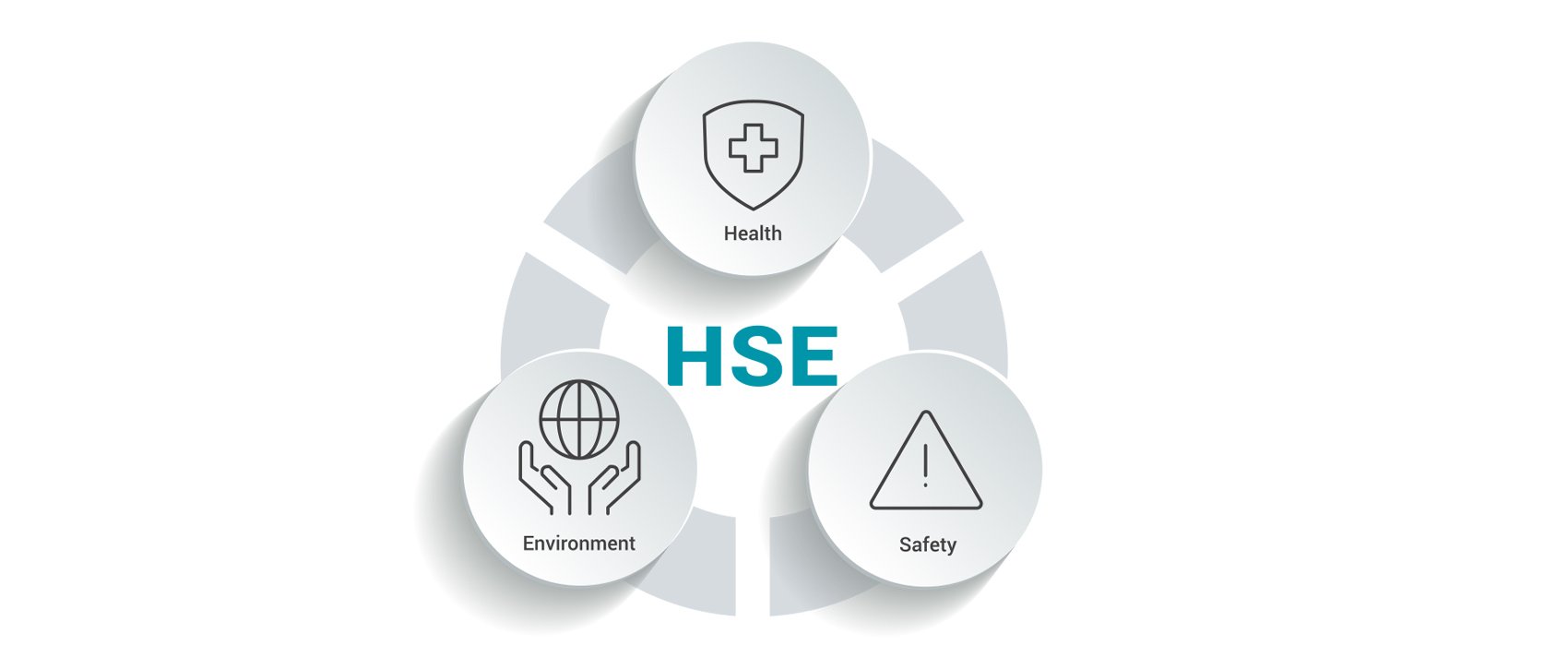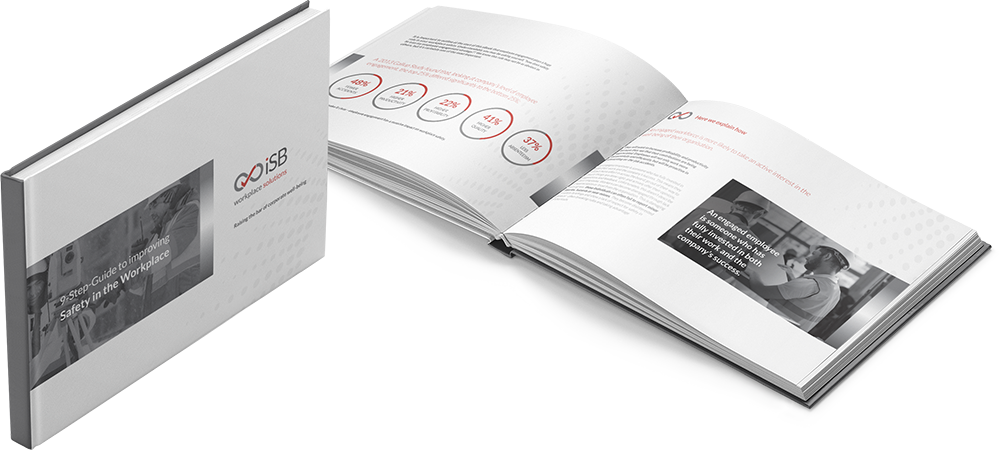
Improving Workplace Safety: The Power of Safety Incentives
Improving your organisation’s safety record doesn’t have to mean bombarding your staff with statistics and constant reminders of your safety rules and procedures. Instead, the most forward-thinking companies are turning to safety incentives programmes as a more effective way to encourage the safe workplace behaviours and practices they want to see and that result in a better overall safety record.
What is a safety incentives programme?
A safety incentives programme is a structured system of rewards and recognitions designed to reduce workplace injuries, illnesses and near-misses by motivating employees to act in a manner that promotes workplace safety.
By taking a proactive approach to engaging employees with the importance of their own safety and that of those around them, a well-designed safety incentives programme is an innovative way to encourage safe workplace behaviours and practices such as:
- Following safety protocols
- Reporting safety hazards
- Undertaking mandatory or optional safety training
- Suggesting safety improvements
Safety incentives programmes take many different forms, but some of the most common incentives offered include monetary rewards, public or peer recognition, gift cards, and extra time off.
Designing an effective safety incentives programme
A well-designed safety incentives programme should complement an organisation’s existing safety policies and procedures, encouraging and motivating employees to behave and act in a way that promotes their own safety and the safety of others around them. Done well, such programmes can bring a range of long-term benefits including cost savings and improved morale, as well as significantly contribute to the establishment and maintenance of a safety-first culture within an organisation.
However, safety incentives programmes must be carefully designed to ensure they do not inadvertently discourage people from reporting incidents or injuries in the workplace.
Some tips for successful programmes include:
- Set expectations – What do you want the programme to achieve? For example, do you want to reduce the frequency of specific incidents, encourage more reporting, or improve participation in safety training?
- Align – Ensure your programme aligns with any relevant safety regulations and guidance, as well as with your organisation’s broader safety goals and vision. Update it regularly to keep it current.
- Consult – Ask your employees for their insights into the challenges and opportunities they face at ground level. Consulting with safety experts during its creation will also help ensure your programme is effective and has longevity.
- Be clear – Set clear criteria for what behaviours or actions will result in rewards, ensuring you reward both proactive and reactive safety behaviours. Not only will this avoid confusion, but it will ensure consistency of application which is essential for building the trust needed for any incentives programme to succeed.
- Keep it simple – Don’t overcomplicate things. If it requires too much effort to gain a reward, people might not bother trying.
- Offer a mix of rewards – Not everyone is motivated by the same incentives, so be sure to offer a mixture of benefits to appeal to everyone. Ensure rewards can be immediately claimed, as delayed gratification is likely to take the shine off any reward.
- Ensure inclusivity – Make sure that all employees, regardless of their position in your organisation, have equal opportunities to earn rewards through any programme, otherwise those less able to achieve the advertised benefits might be disincentivised to participate.
- Keep it positive – Reward safe behaviours, transparent reporting and proactive safety measures. If mistakes are made, and incidents happen, this shouldn’t affect the ability of an employee to gain rewards for other, safe behaviours and practices. Focus on the root causes of unsafe behaviours, rather than solely on outcomes like accident rates.
- Communicate – Share updates about the programme regularly through all your employee communication channels. Not only will this serve as a reminder, keeping safety on everyone’s minds, but the sharing of successes will provide further positive reinforcement for those gaining rewards.
- Educate – Ensure you offer regular safety training sessions, otherwise there is a danger that employees will perform the required behaviours without understanding why they are doing it in the first place.
- Review – Evaluate the programme regularly to measure its effectiveness at achieving your objectives set out at the outset. Gather employee feedback to gauge how effective it has been in motivating safer working. Adjust the programme as needed, including updating it in line with any new safety challenges, industry regulations, or organisational change.
As with any workplace initiative, safety incentives programmes work best when they are actively supported at all levels of the organisation, with everyone including senior management participating equally and subject to the same rules.
Safety incentives programmes: The benefits
When designed and implemented effectively, safety incentives programmes can help to foster a sense of collective responsibility that contributes to the establishment of a workplace culture where safety is everyone’s priority.
Other benefits include:
- Better safety awareness, engagement and ownership – Rewarding employees for their safety efforts provides continuous positive reinforcement of the importance of staying stay at work. By fostering a sense of ownership and responsibility, safety incentives programmes encourage employees to take safety protocols seriously and to hold each other accountable for their actions.
- Fewer accidents – Anything that motivates your employees to adhere to safety protocols is guaranteed to result in fewer accidents, injuries and near misses.
- Cost savings – Fewer accidents and injuries means no compensation claims, fewer disruptions, less production downtime, lower medical bills and insurance premiums, and higher productivity – all of which will boost your bottom line.
- Enhanced compliance – More consistent, widespread adherence to safety rules and regulations also means improved compliance with industry standards and the law, avoiding the risk of fines and other penalties.
- Improved morale – Providing monetary and other rewards to those practising safe working shows the value you place on employee safety, and research shows that employees who feel their safety and wellbeing are valued are happier and more loyal.
- A better working environment – Safe workplaces are also happy workplaces, with employees that feel safe and cared for more positive, collaborative and productive at work.
- Enhanced organisational reputation – Companies that prioritise safety and have few accidents are more attractive to potential clients, customers, partners and as employers. Over time, these companies build a strong safety culture where everyone from the CEO to the newest recruit holds safety as a core value.
- Continuous learning – Incentivising employees to attend safety training, workshops and seminars ensures your workforce is always in the know about the latest safety standards and practices.
Ultimately, the most effective safety incentives programmes are those that have been designed with the uniqueness of a specific workplace in mind, and with a genuine commitment to employee wellbeing at their heart.
You might also like

HSEQs: How often should health and safety policy be reviewed?


















